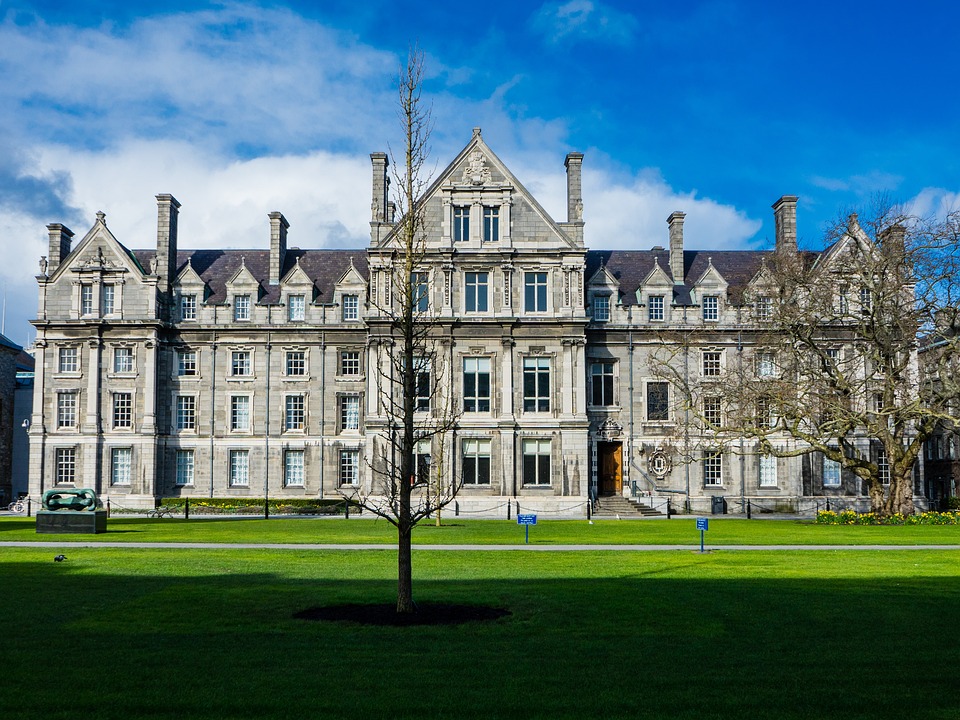My Full Relocation Journey From Nigeria to Canada: Real-Life Tips to Make Your Dream a Reality
Moving across continents is a monumental decision, filled with excitement, anxiety, and a whole lot of paperwork. My relocation from Nigeria to Canada was no exception. It was a rollercoaster of emotions, a masterclass in patience, and ultimately, one of the best decisions I’ve ever made. If you’re contemplating a similar journey, or are in the midst of it, I hope sharing my experience and real-life tips will provide valuable insights and help you navigate the process with more confidence.
Why Canada? My Motivation & Choosing the Right Path
Before diving into the nitty-gritty, it’s crucial to understand why Canada. For me, it was a confluence of factors: the prospect of better career opportunities in my field (Software Engineering), the promise of a higher quality of life, and a yearning for a more stable and secure future. Canada’s renowned multiculturalism and welcoming immigration policies also played a significant role.
Once I knew why, the next step was figuring out how. Canada offers numerous immigration pathways, each with its own eligibility criteria. Research is paramount here. The main options I considered were:
- Express Entry: A points-based system for skilled workers, highly competitive, but offers the fastest processing times.
- Provincial Nominee Programs (PNPs): Provinces nominate individuals based on their skills and experience to address specific labour market needs.
- Family Sponsorship: For those with close family members already living in Canada.
After careful assessment, I determined that Express Entry was the best fit for my profile. I had a strong academic background, relevant work experience, and good language proficiency, all factors that significantly boosted my Comprehensive Ranking System (CRS) score.
Tip #1: Meticulous Research is Your Best Friend. Don’t rely on hearsay. The official Government of Canada website (cic.gc.ca) is your bible. Understand the eligibility requirements, scoring system, and document requirements for each pathway.
The Express Entry Application Process: A Step-by-Step Breakdown
The Express Entry process can feel overwhelming, but breaking it down into manageable steps made it much less daunting:
-
Language Proficiency Test: This is the crucial first step. I took the IELTS (International English Language Testing System) and aimed for the highest possible score. Good language skills are not just essential for immigration but also for successful integration into Canadian society.
Tip #2: Invest in Quality Language Test Preparation. Even if you’re fluent, familiarizing yourself with the test format and practicing regularly can significantly improve your score.
-
Educational Credential Assessment (ECA): If you have foreign educational credentials, you’ll need an ECA to verify their equivalence to Canadian standards. I used World Education Services (WES) which is a designated organization for this purpose.
Tip #3: Start the ECA Process Early. It can take several weeks or even months for your educational institutions to send your transcripts and for the ECA to be completed.
-
Create Your Express Entry Profile: Once you have your language test results and ECA report, you can create your Express Entry profile online. Be honest and accurate in your answers. Any discrepancies can lead to rejection.
Tip #4: Be Transparent and Consistent. Ensure the information you provide in your profile matches the supporting documents you will eventually submit.
-
Improve Your CRS Score: The CRS score is the primary factor in determining who gets invited to apply for permanent residence. Here’s how I boosted my score:
- Gaining More Work Experience: Continuously striving to gain relevant experience in my field.
- Improving Language Scores: By retaking the IELTS to improve my score.
- Considering Provincial Nomination: While I was waiting for a draw, I explored PNP options to increase my chances.
-
Receiving an Invitation to Apply (ITA): This is the moment you’ve been waiting for! Receiving an ITA means you’ve met the eligibility criteria and have a high enough CRS score to be considered for permanent residence.
Tip #5: Celebrate Responsibly! While it’s a major milestone, remember the journey isn’t over. You still need to prepare a comprehensive application with supporting documents.
-
Submitting Your Permanent Residence Application: You have 60 days from receiving the ITA to submit your application. This involves gathering and uploading a significant amount of documentation, including:
- Passport and travel documents
- Proof of work experience (employment letters, pay stubs)
- Police certificates from all countries where you’ve lived for six months or more
- Medical examination results
- Proof of funds
Tip #6: Organize Your Documents Diligently. Keep digital copies of all your documents, properly labeled and categorized. This will save you time and stress during the application process.
-
Biometrics and Medical Examination: You’ll need to provide your biometrics (fingerprints and photo) and undergo a medical examination by a designated panel physician.
Tip #7: Book Your Medical Exam Early. There can be a waiting list to see a designated physician, so book your appointment as soon as possible after receiving your ITA.
-
Application Processing and Approval: Once you’ve submitted your application and completed all the necessary steps, it’s time to wait. Processing times can vary, so be patient and check your online account regularly for updates.
-
Confirmation of Permanent Residence (COPR) and Visa: If your application is approved, you’ll receive a COPR and a visa (if required). This document allows you to enter Canada as a permanent resident.
Preparing for the Move: Practical Considerations
Once you receive your COPR, the real planning begins! Here are some essential preparations:
- Financial Planning: Moving to a new country is expensive. Save up enough money to cover your initial expenses, including rent, utilities, food, and transportation.
- Housing: Research different cities and neighborhoods to find a suitable place to live. Consider factors like cost of living, proximity to work, and availability of public transportation.
- Job Search: Start your job search before you arrive in Canada. Update your resume and LinkedIn profile and connect with recruiters in your field.
- Packing: Pack strategically, focusing on essentials and items that are difficult to find or expensive in Canada.
- Learning About Canadian Culture: Familiarize yourself with Canadian customs, laws, and etiquette. This will help you adjust more easily to your new life.
Tip #8: Join Online Communities and Connect with Other Immigrants. Facebook groups and online forums can be a valuable source of information and support.
Landing in Canada: My Initial Challenges and Adaptations
Landing in Canada was a surreal experience. The first few weeks were filled with practical tasks, like opening a bank account, obtaining a Social Insurance Number (SIN), and registering for healthcare. I also faced some challenges, including:
- Finding Affordable Housing: The rental market in major Canadian cities is competitive.
- Adjusting to the Weather: The Canadian winter can be harsh, especially if you’re coming from a tropical climate.
- Building a Professional Network: Networking is essential for career advancement in Canada.
- Cultural Adjustment: Adapting to new customs and norms can take time.
Tip #9: Be Patient with Yourself. It takes time to adjust to a new country. Don’t be afraid to ask for help and embrace the learning process.
My Successes and Ongoing Journey
Despite the initial challenges, my relocation to Canada has been incredibly rewarding. I’ve found fulfilling work in my field, made lifelong friends, and built a comfortable life for myself. The journey continues, and I’m constantly learning and growing.
Tip #10: Embrace the Canadian Spirit. Be open to new experiences, get involved in your community, and take advantage of the opportunities that Canada has to offer.
Moving to Canada was the biggest adventure of my life. It required a lot of hard work, dedication, and resilience, but it was ultimately worth it. If you’re considering making the same leap, I encourage you to do your research, plan carefully, and believe in yourself. Your dream of living in Canada can become a reality! Good luck!




